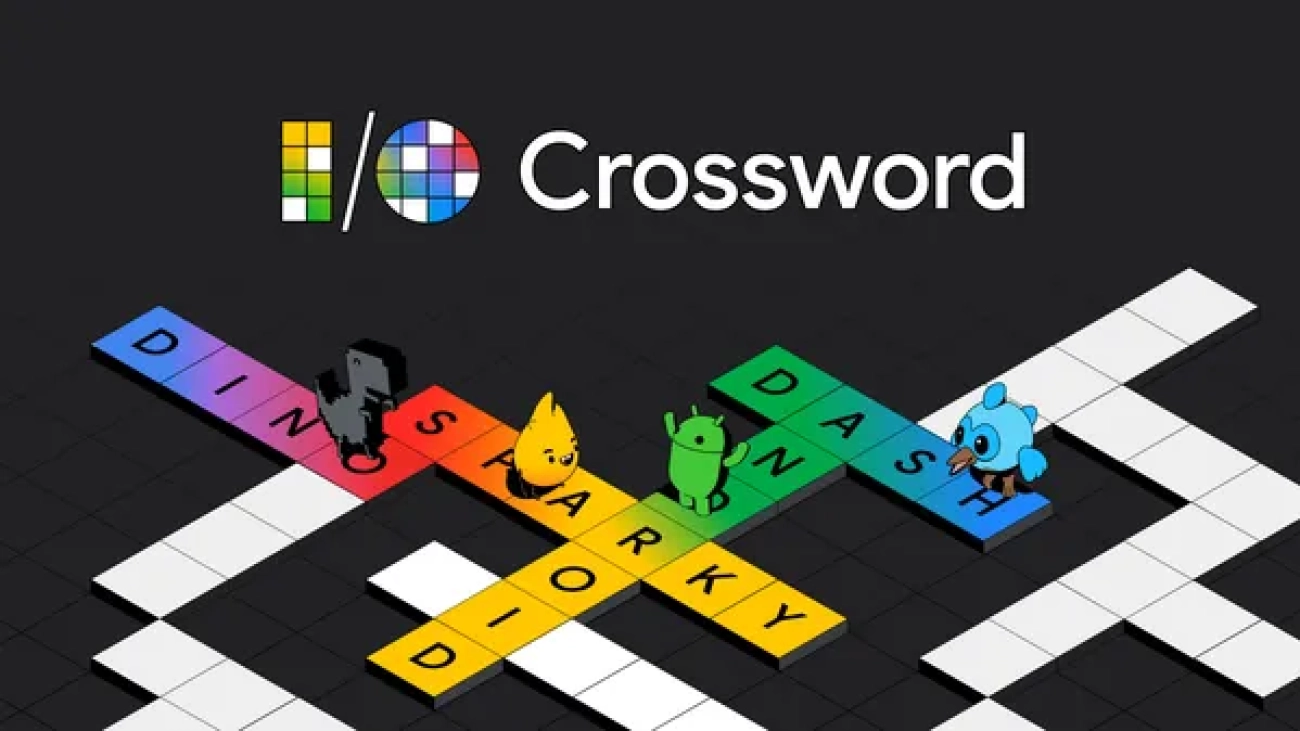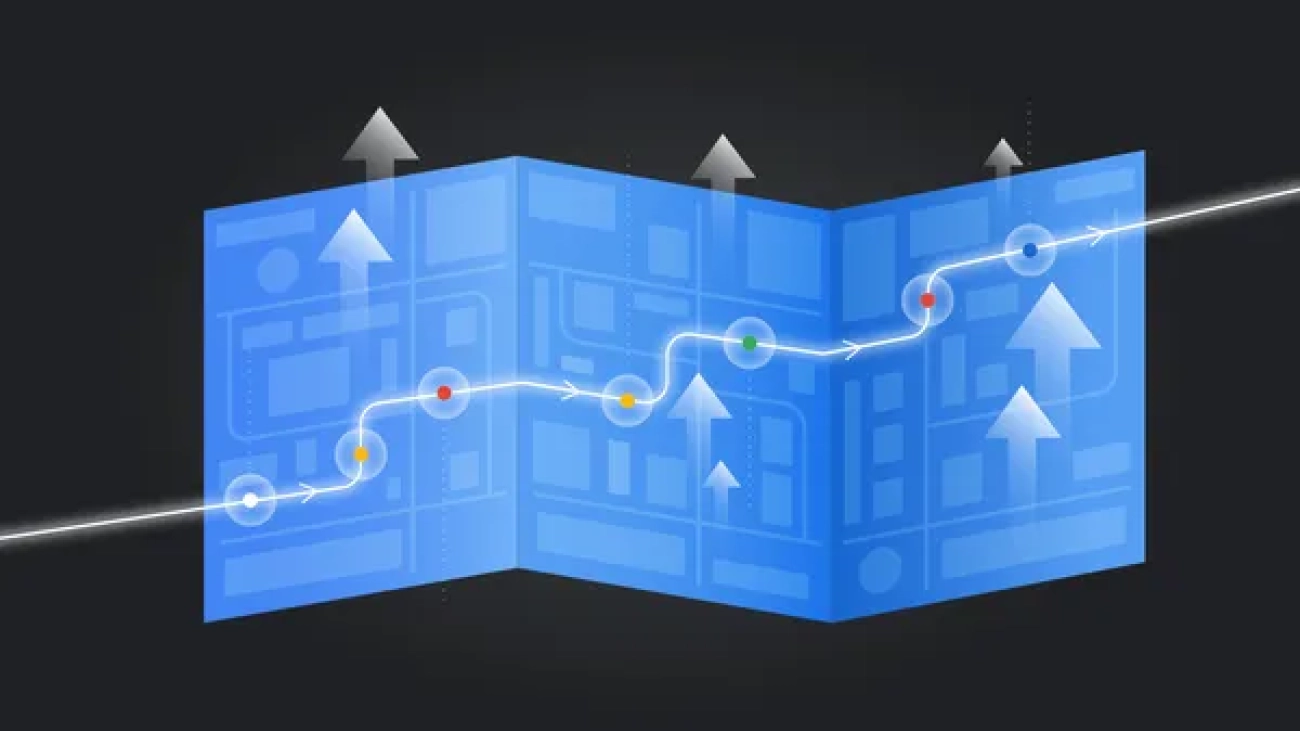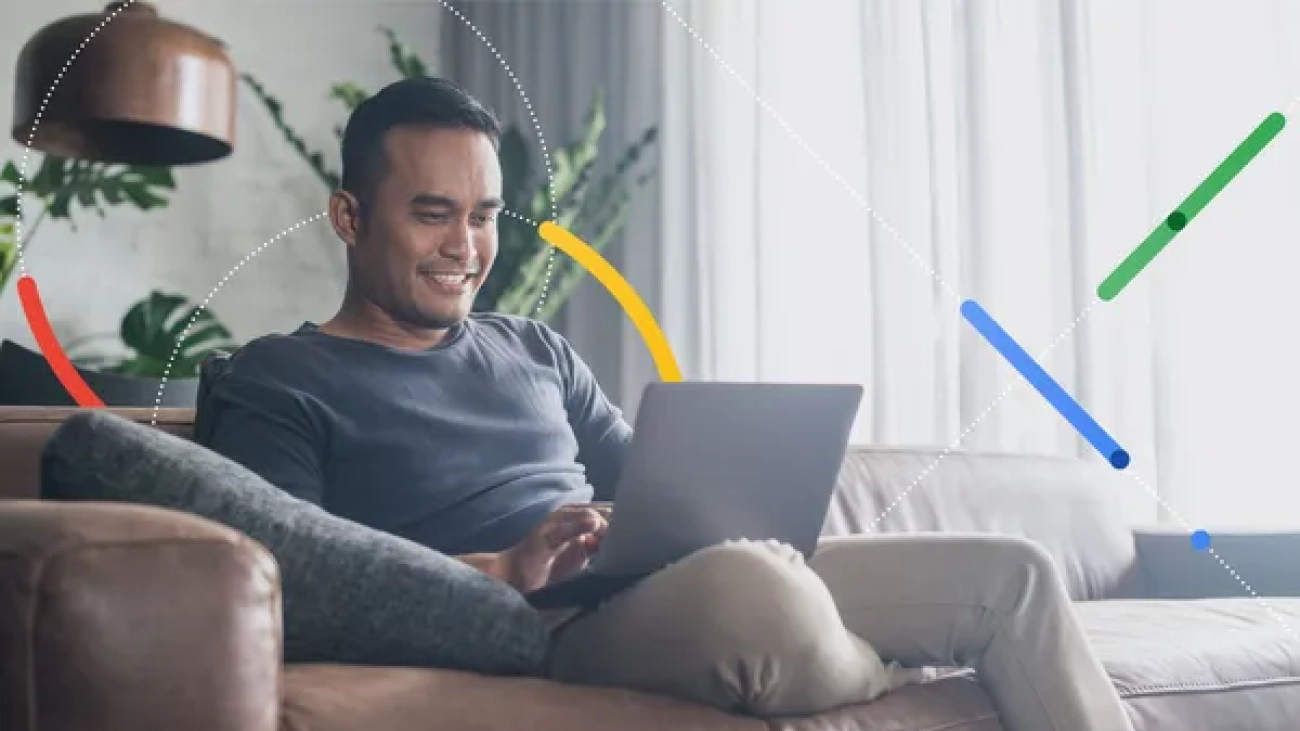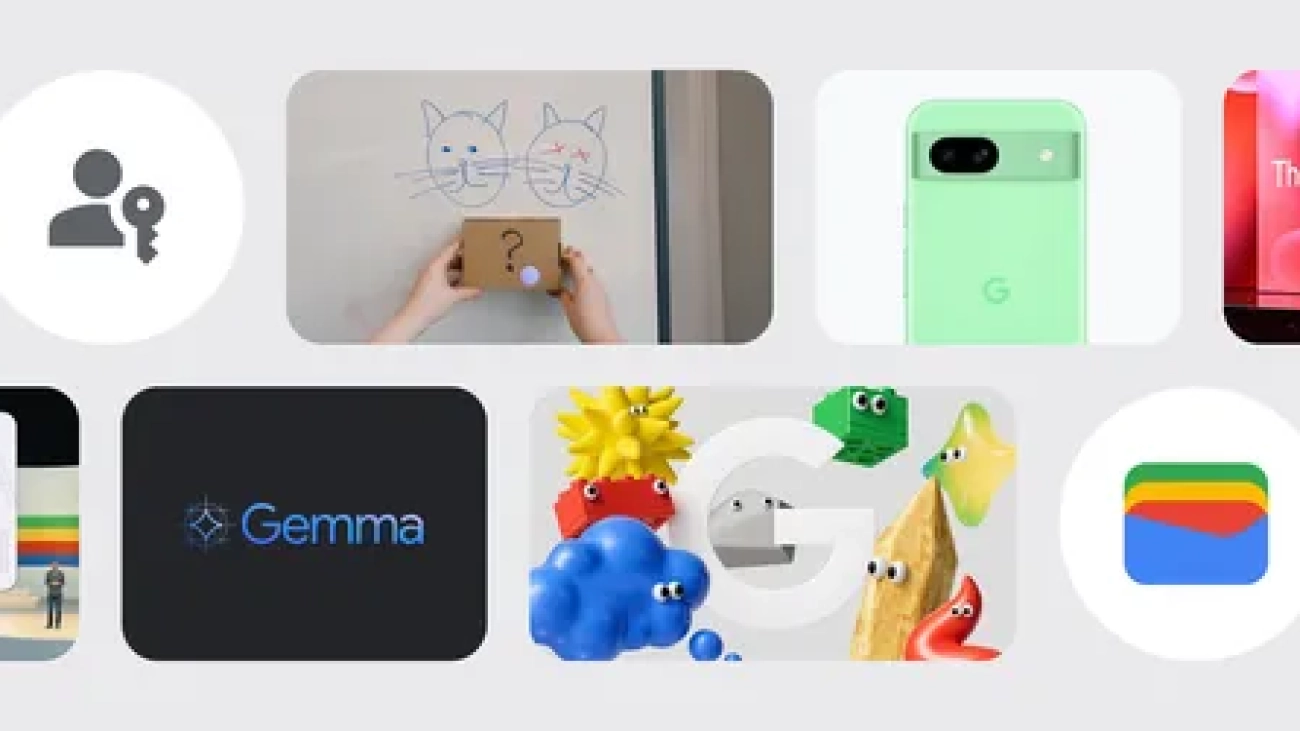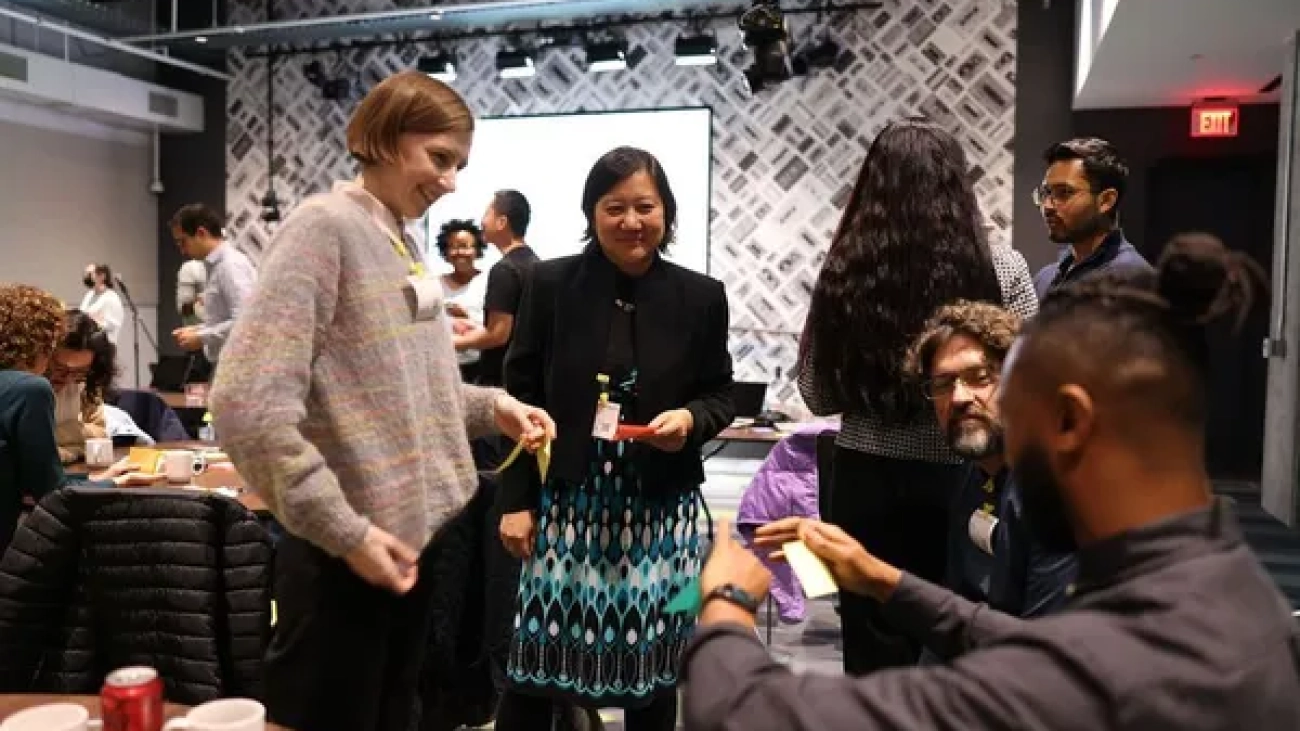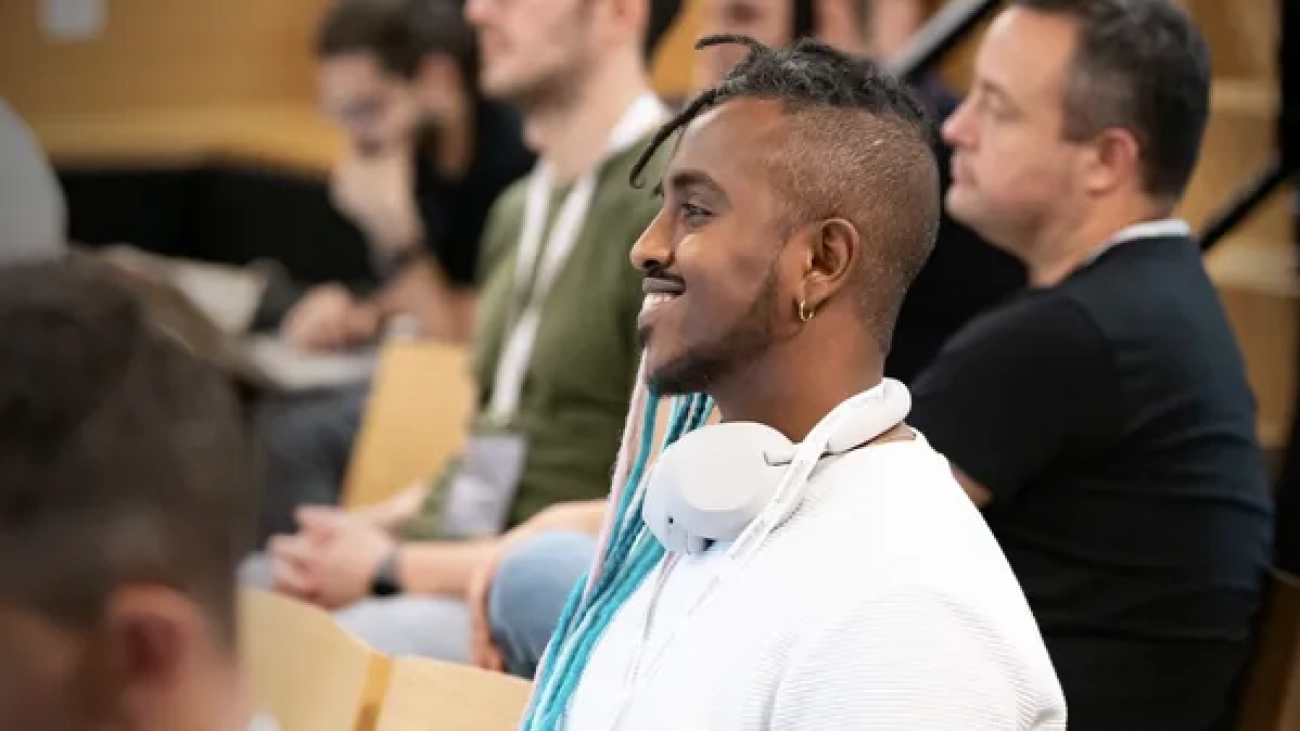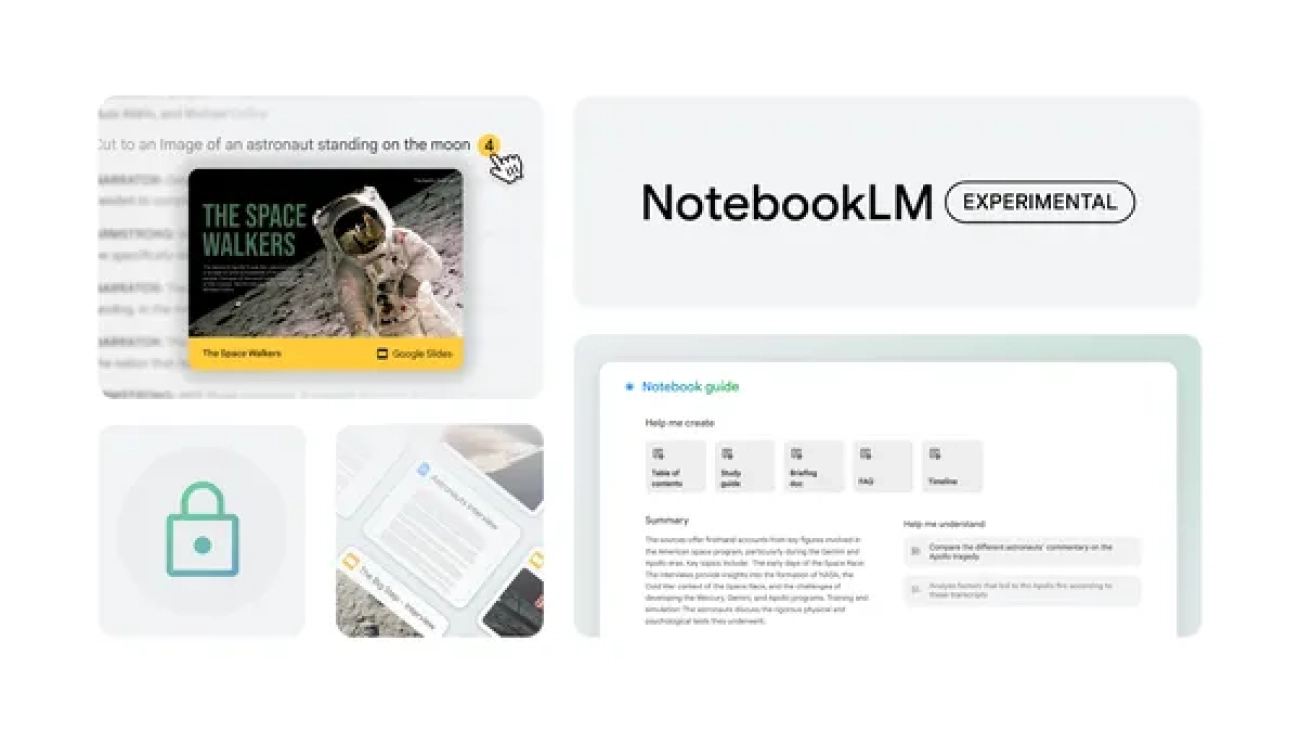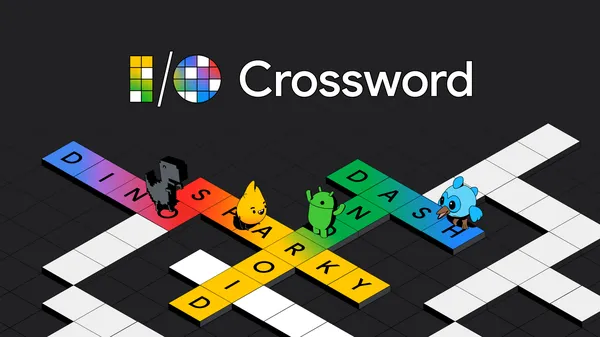 How Googlers used Gemini to build the Crossword puzzle, showing developers what’s possible with generative AI.Read More
How Googlers used Gemini to build the Crossword puzzle, showing developers what’s possible with generative AI.Read More
7 principles for getting AI regulation right
 Today we’re sharing 7 principles for responsible AI regulation, and endorsing 5 bills in Congress.Read More
Today we’re sharing 7 principles for responsible AI regulation, and endorsing 5 bills in Congress.Read More
How we created our Google AI Essentials course
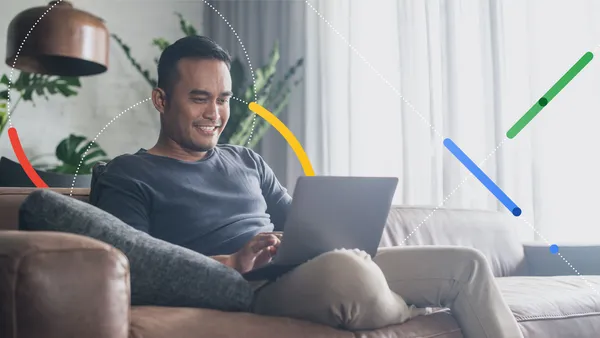 Learn more about how (and why) we created our Google AI Essentials course.Read More
Learn more about how (and why) we created our Google AI Essentials course.Read More
Quiz: Test your knowledge of Google’s May news
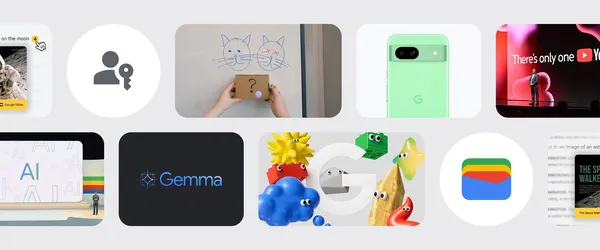 Test your knowledge of Google updates with our May news quiz.Read More
Test your knowledge of Google updates with our May news quiz.Read More
Introducing Google’s new Academic Research Awards
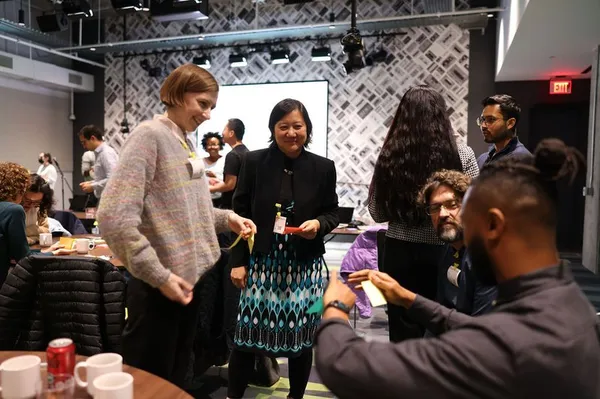 Google launches GARA program to fund and support groundbreaking research in computing and technology, addressing global challenges.Read More
Google launches GARA program to fund and support groundbreaking research in computing and technology, addressing global challenges.Read More
Support for European and Israeli startups working on AI and climate solutions
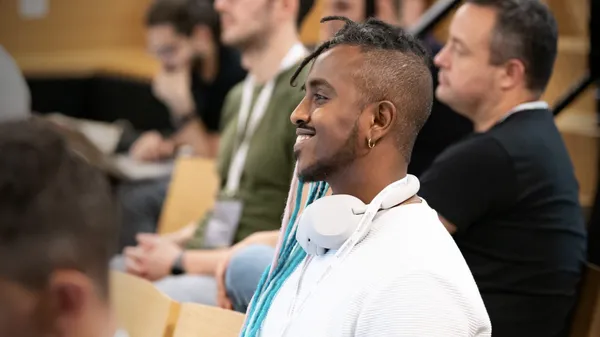 Applications are open for two new Google for Startups Accelerator programs in Europe and Israel.Read More
Applications are open for two new Google for Startups Accelerator programs in Europe and Israel.Read More
NotebookLM goes global with Slides support and better ways to fact-check
 NotebookLM, our AI-powered research and writing assistant, is getting new features and expanding to over 200 countries and territories.Read More
NotebookLM, our AI-powered research and writing assistant, is getting new features and expanding to over 200 countries and territories.Read More
I tried 8 of our newest AI products and updates
 Here’s one Googler’s experience of experimenting our newest AI products and updates at Google I/O 2024.Read More
Here’s one Googler’s experience of experimenting our newest AI products and updates at Google I/O 2024.Read More
Apply to our new program for startups using AI to improve U.S. infrastructure
 Technology companies based in the U.S. can now apply for the new Google for Startups AI Academy: American Infrastructure program.Read More
Technology companies based in the U.S. can now apply for the new Google for Startups AI Academy: American Infrastructure program.Read More
Designing for privacy in an AI world
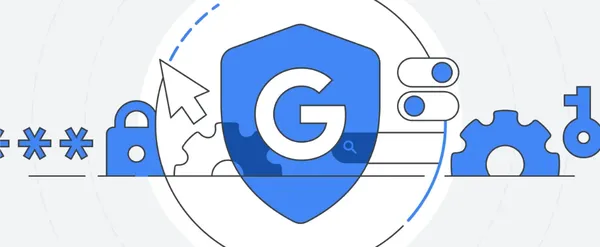 Artificial intelligence can help take on tasks that range from the everyday to the extraordinary, whether it’s crunching numbers or curing diseases. But the only way to …Read More
Artificial intelligence can help take on tasks that range from the everyday to the extraordinary, whether it’s crunching numbers or curing diseases. But the only way to …Read More

